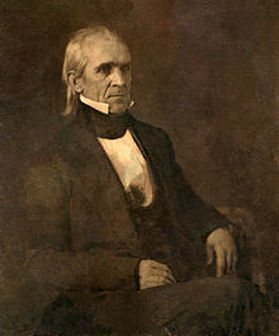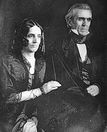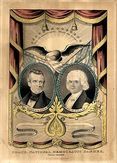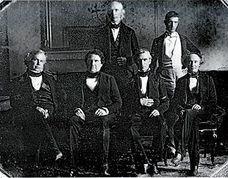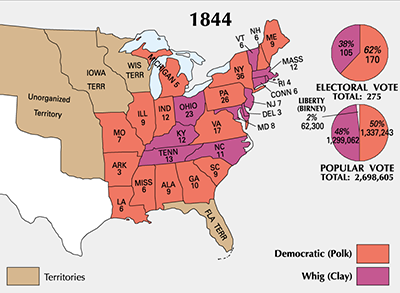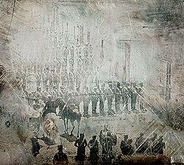Historical Overview
Old Mecklenburg
After the Revolutionary War, the citizens of Mecklenburg County worked hard to create a better life in the growing community. By 1786, Charlotte was a community of 276 people (half of whom were African-American), and the surrounding Mecklenburg County boasted 9,000 residents. At this time, Charlotte had a rifle factory, a flour mill, and a sawmill, along with different types of artisans such as tailors, weavers, and blacksmiths.
On Christmas night 1794, Sam Polk, Thomas’s nephew, married a woman named Jane Knox, and the couple moved to Mecklenburg County. One year later, on November 2, 1795, the couple’s first child, James Knox Polk, was born into the family. This backcountry boy would rise to become the 11th President of the United States of America. |
We Would Love to Have You Visit Soon!
Location
12031 Lancaster Highway Pineville, NC 28134 |
The President James K. Polk State Historic Site is a division of the NC Department of Natural and Cultural Resources.
|
